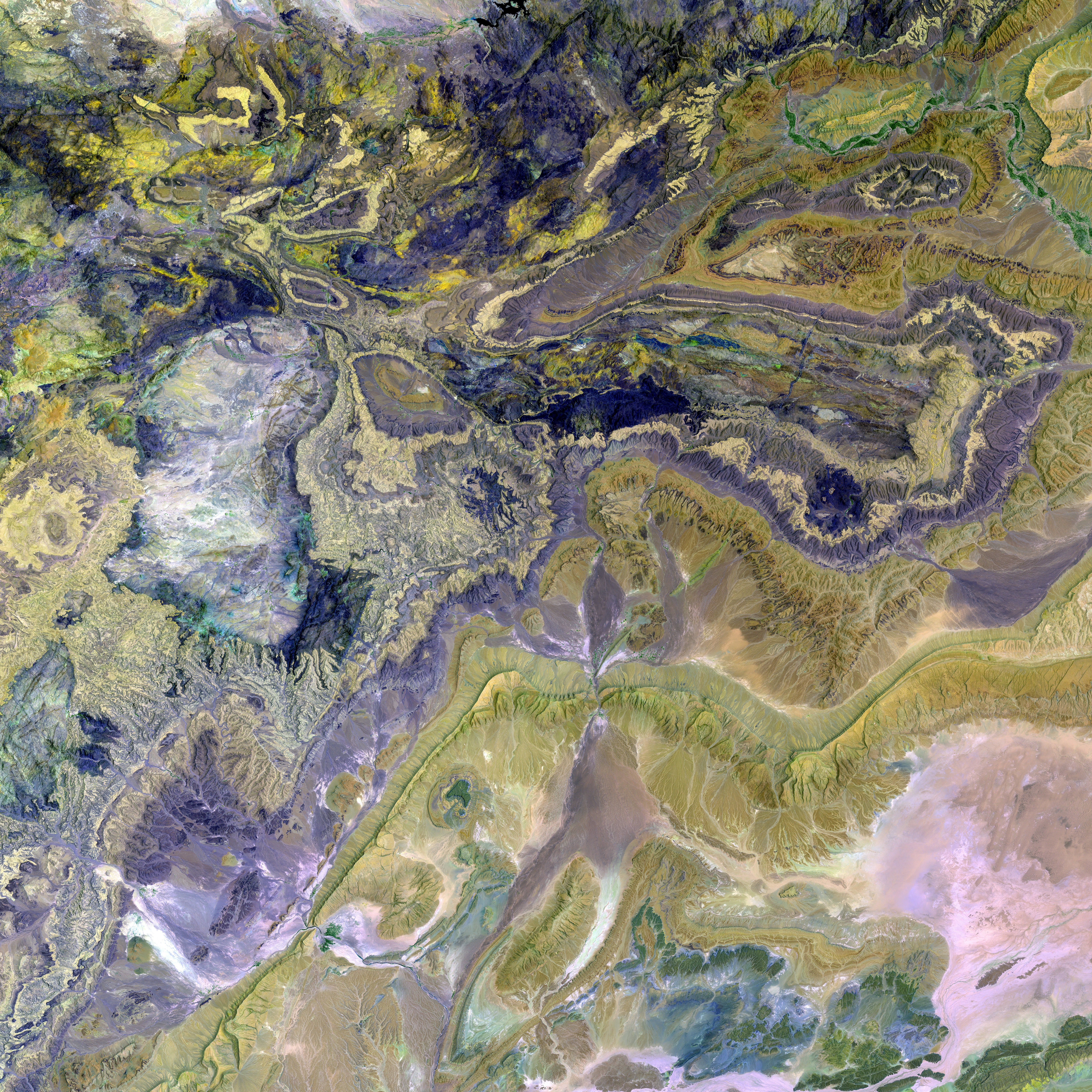Chemical Pollution Triggers Emergency at Rhine Water Facilities - Chemical pollution detected in the Rhine River, raising concerns for water safety.
Chemical Contamination in the Rhine Alarms Waterworks
Increasing levels of a persistent chemical, Trifluoroacetate (TFA), pose a significant threat to drinking water in the Rhine and other water bodies. This disturbing trend has been highlighted in the latest Rhine report by the Association of Waterworks Bodensee-Rhein (AWBR).
The drinking water supplies could be irreversibly harmed, according to AWBR presidents Matthias Maier and Roman Wiget, who made these warnings during their annual meeting. TFA is a breakdown product of various chemical products such as refrigerants, pharmaceuticals, and pesticides, which cannot be effectively filtered out with current methods. TFA belongs to the group of PFAS (Per- and polyfluoroalkyl substances).
Baden-Württemberg's Minister of the Environment, Thekla Walker (Greens), has acknowledged the potential harm caused by PFAS in the environment. Clear Europe-wide regulations and limit values are essential, she claimed, to prevent the widespread contamination of water bodies.
In the last eight years, the concentration of TFA has significantly increased on the High Rhine, from 0.1 micrograms to 0.8 or 1 microgram per liter, as reported by Maier. He predicts that TFA inputs will continue to rise in the next 20 years.
Consequently, the AWBR demands a ban on persistent chemicals like TFA, wherever they enter the environment, emphasizing that the quality of drinking water hinges on how we manage such substances now. The association operates a dense network of measuring stations on the Aare, Rhine, Danube, Neckar, and various lakes, including Lake Constance and Lake Zurich.
Nevertheless, as of now, there are no specific regulations in the Rhine region directly addressing the banning of TFA, particularly in countries like Germany and Switzerland. However, initiatives addressing persistent chemicals like TFA are underway, as researchers and organizations urge for an immediate ban on PFAS pesticides and fluorinated gases, and robust monitoring of TFA in food and beverages. Concerns about TFA's persistence, reproductive toxicity, and environmental and health impacts necessitate comprehensive regulatory measures.
Proposed measures include enhanced monitoring of TFA, stricter regulations, international cooperation, and technological innovations for better detection and characterization of emerging contaminants like PFAS and TFA. Specific regulations in Germany and Switzerland will require direct consultation of environmental or health ministries within those countries.
- To mitigate the rising threat of TFA and prevent further contamination of water bodies, it is crucial for both the community policy and employment policy to address the issue by implementing stricter regulations on persistent chemicals like TFA, particularly in the manufacturing, pharmaceutical, and agricultural sectors.
- In light of the potential health-and-wellness, environmental-science, climate-change, and community implications of Trifluoroacetate (TFA) contamination, it is essential for scientific research to focus on developing innovative solutions to characterize and remove emerging contaminants like TFA from water bodies, and for policy-makers to implement clear regulations and limit values to ensure the safety and quality of drinking water.








